
YouTube is dead: Which creators are responsible for the platform’s demise?
Murmurs about the end of YouTube have been happening since its inception. Whenever a new type of social media comes along, the older platforms grumble, and the new users hop on board despite their skepticism as to how long it’ll last.
YouTube has been one of the platforms that has stood the test of time pretty well. Sixteen years strong is practically a century in internet time where sites blossom & shrivel faster than you can say login. The question is, is YouTube really as strong as it used to be or is YouTube effectively dead in the water?
And if it is truly dead, which creators are responsible for the platform’s demise? After all, we all love a good group of people to go after with our pitchforks.

YouTube phases
When YouTube was just a fledgling endeavor, users weren’t called “creators”. They weren’t lauded as curators of modern culture, creating art pieces that alien nations will later cock an eyebrow at. Once upon a time, YouTube users were simply goofballs who wanted to fudge around with a new online tool or people who wanted to post videos about their lives for friends and family to see.
Over time, the platform gained traction with enough users so videos that were once only meant for one’s inner circle became viewed by the public at large. What’s more, they started getting substantial positive reactions. YouTube became a place where people from all over the world could share their lives and interests.
Over the years new video frameworks were born: vlogs, tutorials, comedy sketches, prank videos, unboxings, ASMR videos, let’s plays, and snippets of show promos. It was those of the last sort that some say was the beginning of the end of YouTube as we knew it. YouTube became more of a place to transition to traditional forms of filmmaking – a means rather than an end.
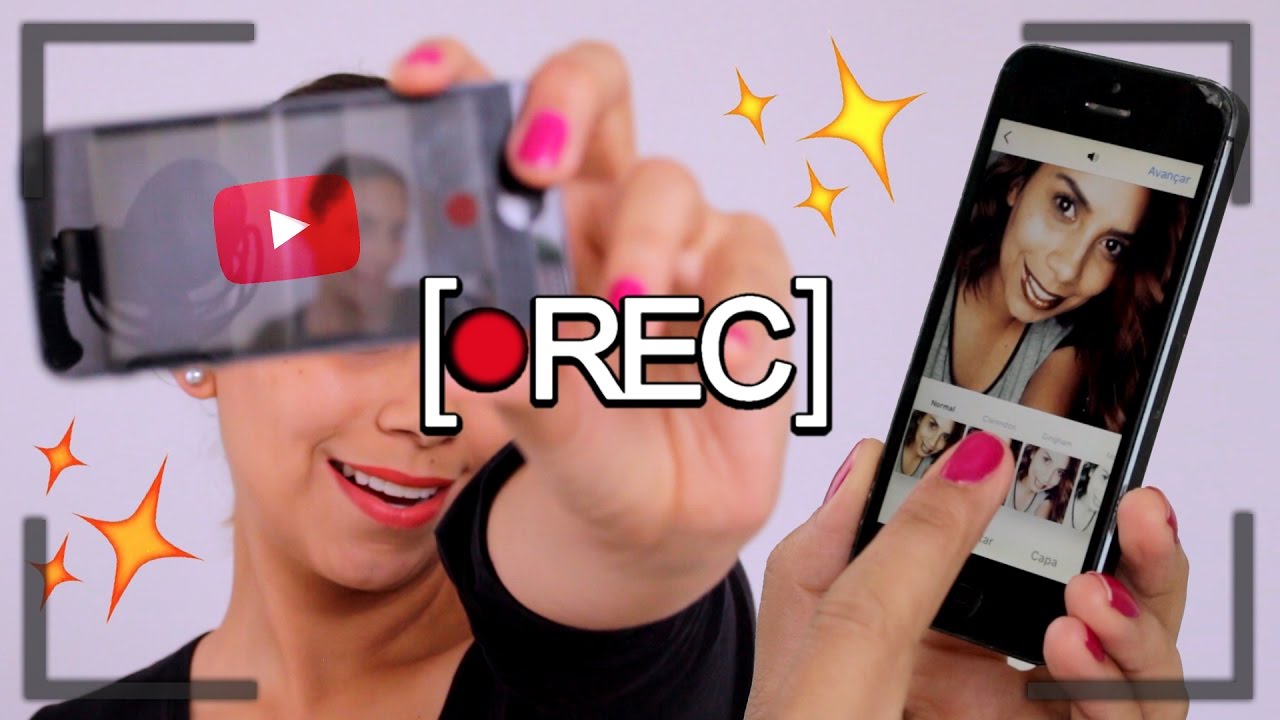
The beginning of the end
YouTube turned into a more commercialized product. It was no longer a corner of the internet reserved for goofs & iconoclasts. It became a much more commodified piece of cyberspace. What once felt like a safe space to make some extra cash became a relatively policed platform.
YouTube started to take on an almost militarized feel. What algorithm, bot, or politically correct staff member would demonetize or censor a creator next? Indeed, many would agree it’s only gotten worse, despite YouTube’s attempts to assure creators that they remain a top priority.
It seems more accurate that YouTube (or perhaps more accurately, Google) is more interested in protecting its bottom line than protecting the freedom of its users.
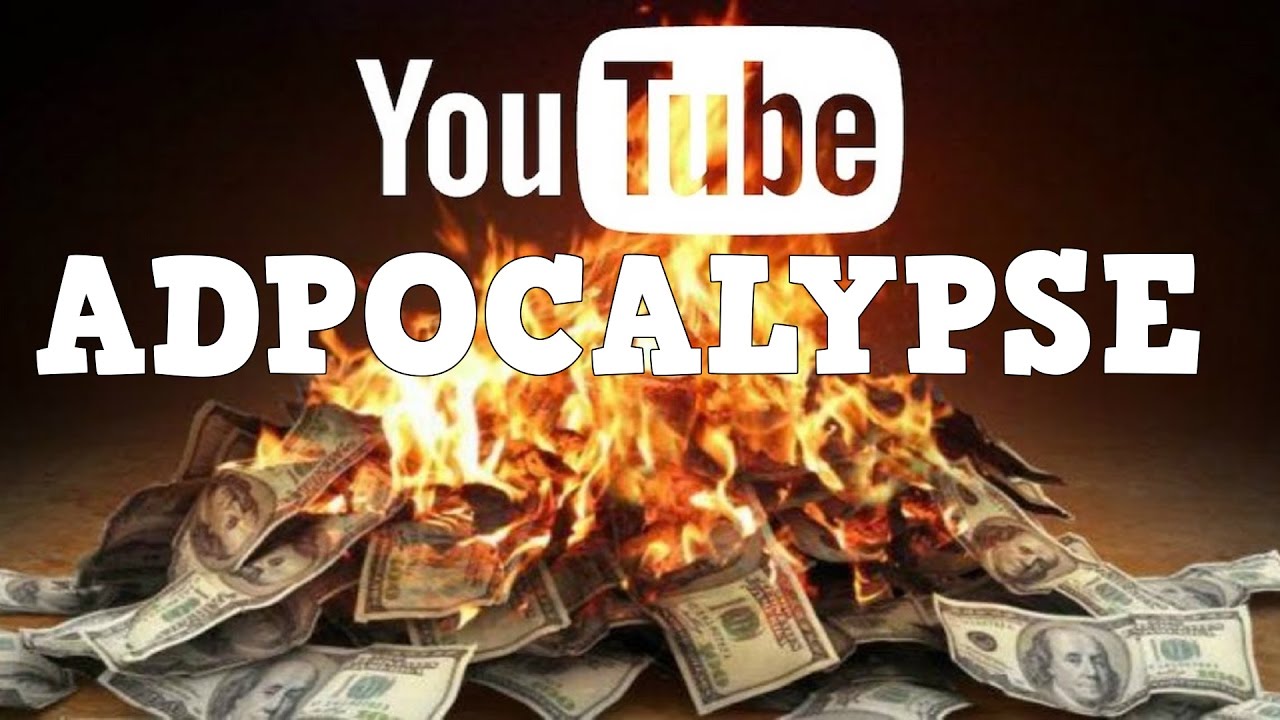
Misguided political leanings aside, there are specific users who are largely held responsible for the descent of the “Adpocalypse” – channels that disgraced the YouTube creator name with their questionable content. To a certain extent, you could say these creators forced YouTube’s hand in regards to policing what content is deemed acceptable.

The users your pitchforks are aching for
It’s true – inappropriate content like pornography has lived on YouTube since its beginning. It’s part of the content (along with copyrighted material) Google had to try its best to stamp out when it acquired YouTube in 2006.
New forms of unacceptable content continued to crop up though. Take terrorists recruitment videos for example, something that would generally be regarded as perhaps a tad untoward. Not only were terrorist groups like ISIS & al-Qaeda regularly recruiting people by posting propaganda videos on YouTube, but some of their videos were getting monetized.
Needless to say, YouTube didn’t want to be known for funding terrorism so they ran a concerted effort to rectify this wrong. Clearly, terrorist-run channels are one group of creators that contributed to YouTube’s demise.
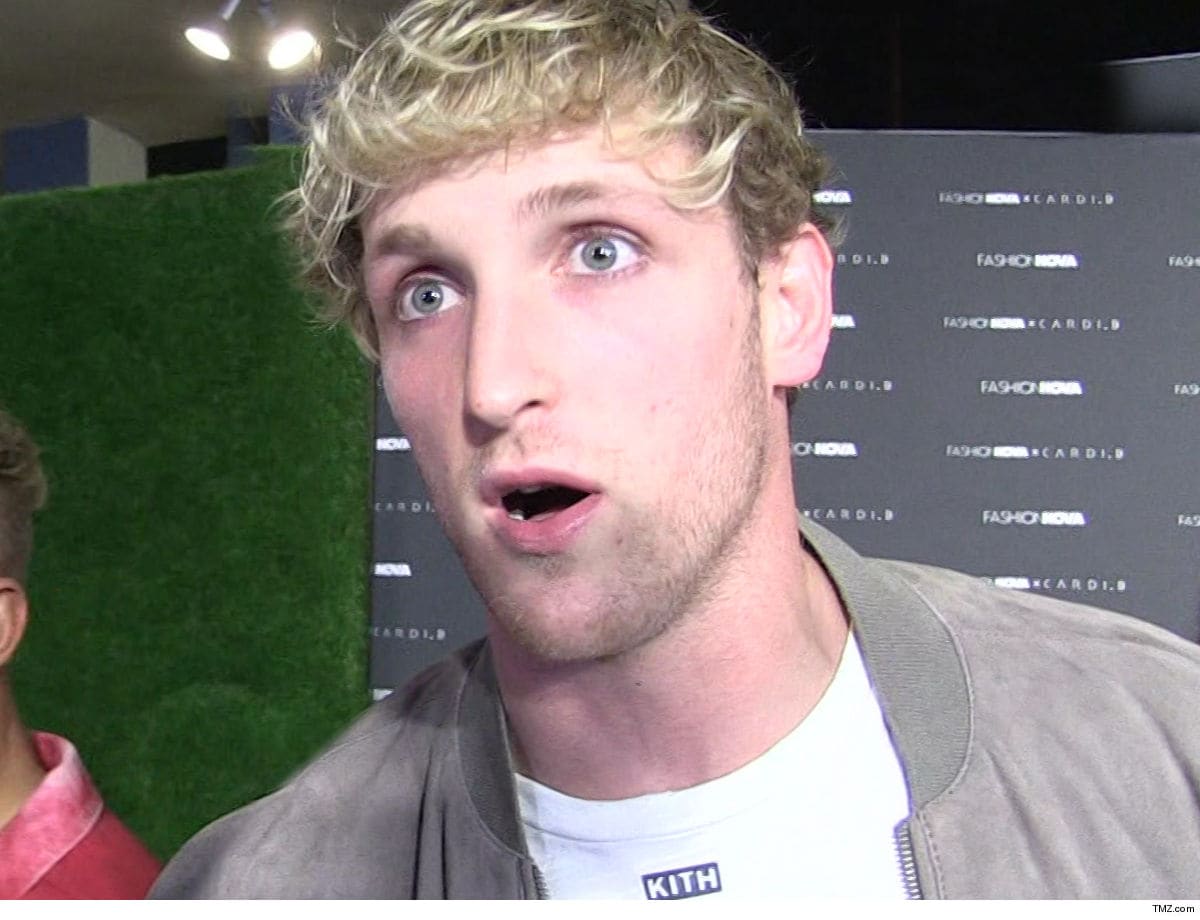
But maybe creators like PewDiePie are more along the lines of who you had in mind. PewDiePie was a veritable YouTube sensation (and arguably still is). 25 billion views per day? No problem. Just another day in the life of Felix “PewDiePie” Kjellberg. When he uploaded a video in 2017 where he paid two Indian boys to hold up a sign that said “Death to all Jews” things hit the fan.
PewDiePie explained he was trying to show how crazy the internet is that you can find random people on Fiverr to do almost anything for you, but the public wasn’t having it. To put it mildly, the joke was too off-color to approve of. YouTube’s grip tightened even further.
The infamous Logan Paul was intensely criticized for his video venturing into Aokigahara, or “Suicide Forest”, and filming the hanging body of a recent suicide victim. In the video Paul mentions that “suicide isn’t a joke” but this positive message was obviously offset by the fact he filmed and then made the conscious decision to post the result of a person’s last moments.
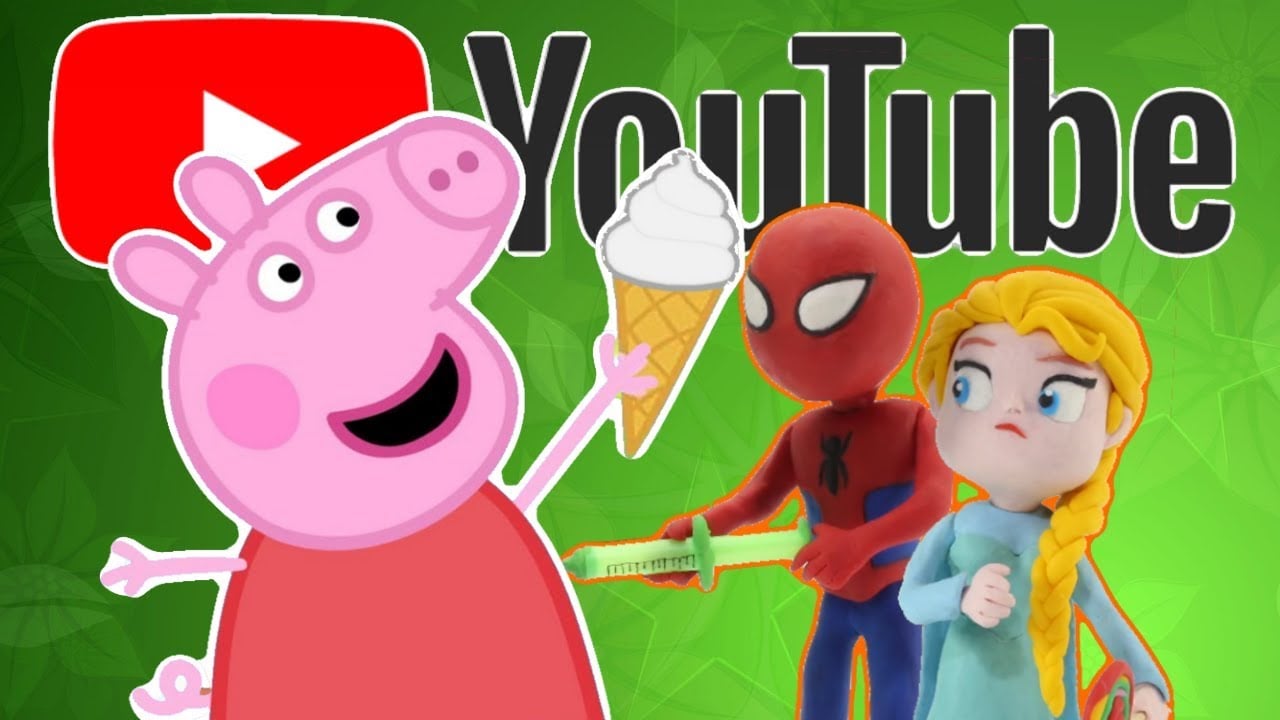
Then, there are channels like Toys and Funny Kids Surprise Eggs that trick children into watching content that looks like their favorite cartoons but in actuality features scenes of violence and crude humor. They have videos titled things like “Bloody Elsa”. The fact that creators like this take the most vulnerable subsection of YouTube viewers and intentionally scarr them makes them some of the most despicable.
In essence, there are many reasons why people consider YouTube to be dead and many contributing factors. While the platform may still be up and running and have many creators that are going strong, the old free-spirited version of YouTube is definitely dead.





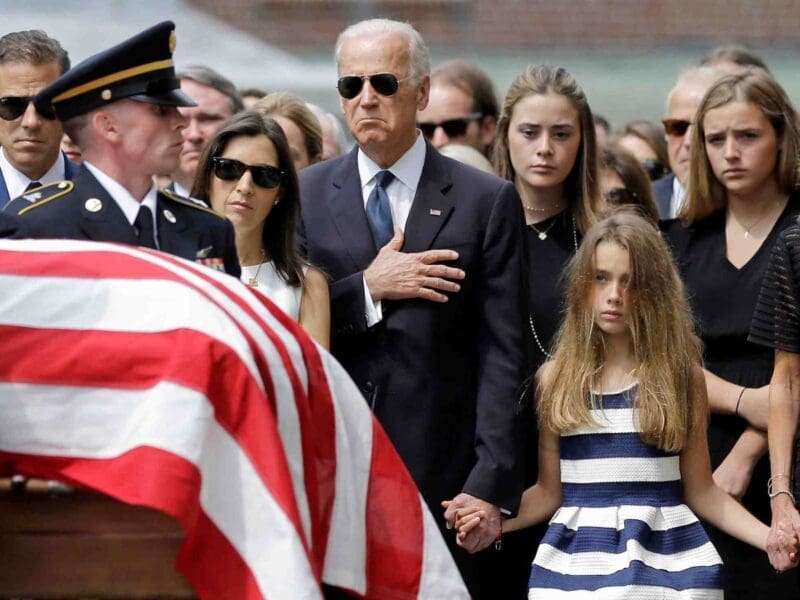


Arol Questo
/
YouTube and Google have both long been finished. Their days are over. You need to find a free speech video sharing site without the censorship and horrible flood of YouTube sanctioned troll accounts that get your real account deleted while YouTube never deletes the troll accounts. And their D move pulling the monetization from under the feet of the YouTubers who made the site popular, shadow banning those same Youtubers and their videos, downvoting videos in your name that you’ve just upvoted, showing supressed views numbers when they were much much higher, the list continues forever. YouTube and Google don’t want YouTubers. They’re perfectly happy controlling all the videos on their site and the politics and warped reality that goes along with that. Most Youtubers of any substance now post their videos on multiple sites with YouTube being an afterthought. The YouTube party has been over for years, since at least the middle of the last decade. Gab, Tumblr, Minds, 4Chan, DTube, Twitch, Patreon, The Internet Archive and the many other so much better alternatives available are your best bets these days. That’s how it’s swinging. That’s how the world is going.
September 14, 2021Anon
/
Youtube is trash now. Its full of “get the bag” culture promoting trolls, fake “black manosphere” pundits who are really just corporate feminists and paid Google shills misleading blacks into more gynocentrism. Notice how Youtube does not censor or ban the content that insults black men or men in general? Say something truthful about feminism or racism against black men though and you’ll be banned in a second. Unless of course you’re one of their paid “thugblaming” shills who focuses on being a provider for women and chases money with no morals.
October 8, 2021Albert
/
YouTube doesnt care about user preferences and is harasing with random content.
I myself is TIRED of the bull crap .
You have all the big company harasing users like microsoft with “edge” no one really want .
google play with users run test to see how much you can take .
No different than torturing someone to get your agenda filled.
Take a look at it, apple google and microsoft updated how ever they want .
At the exeption of you tube (that you can just leave)
Microsoft and Apple do no give you the option to be refunded your device if you re not happy with their update.
By using it you aggre blah blah .
Thing is i did try the device before to buy it ,
devices like samsung ask for a google account so? do yo bin it ?
People have no choices and those giant corporate company are abusing users daily.
May 25, 2022